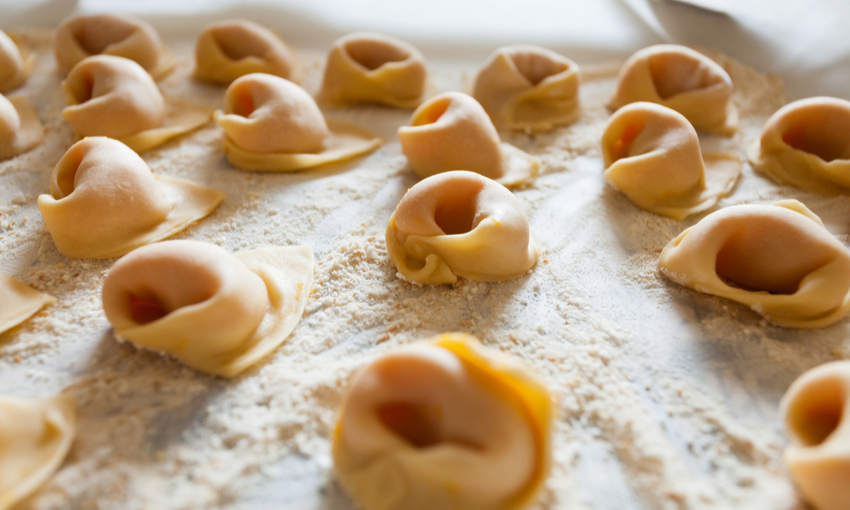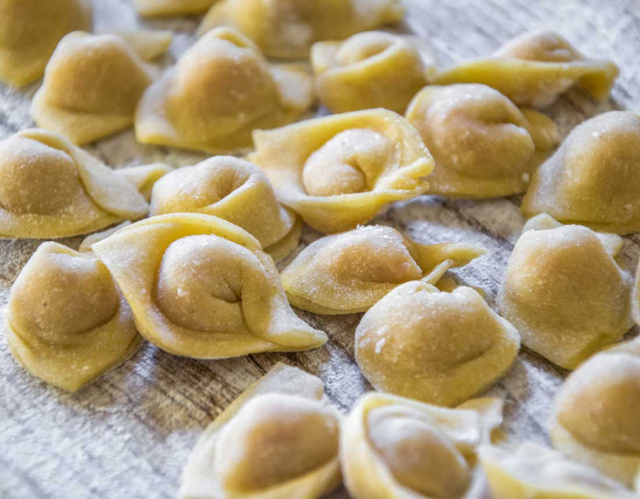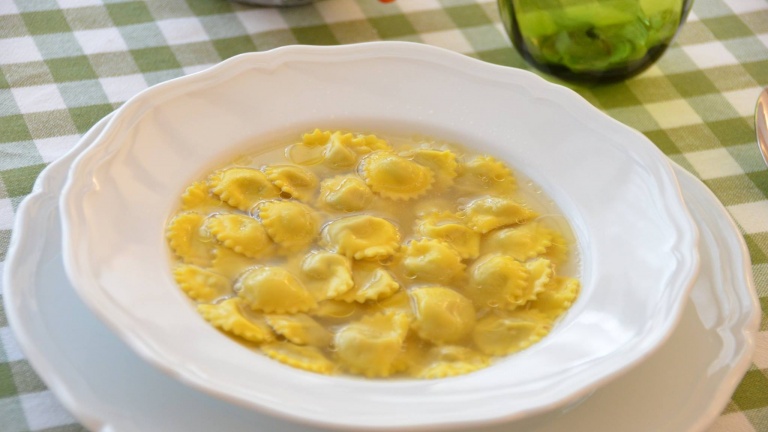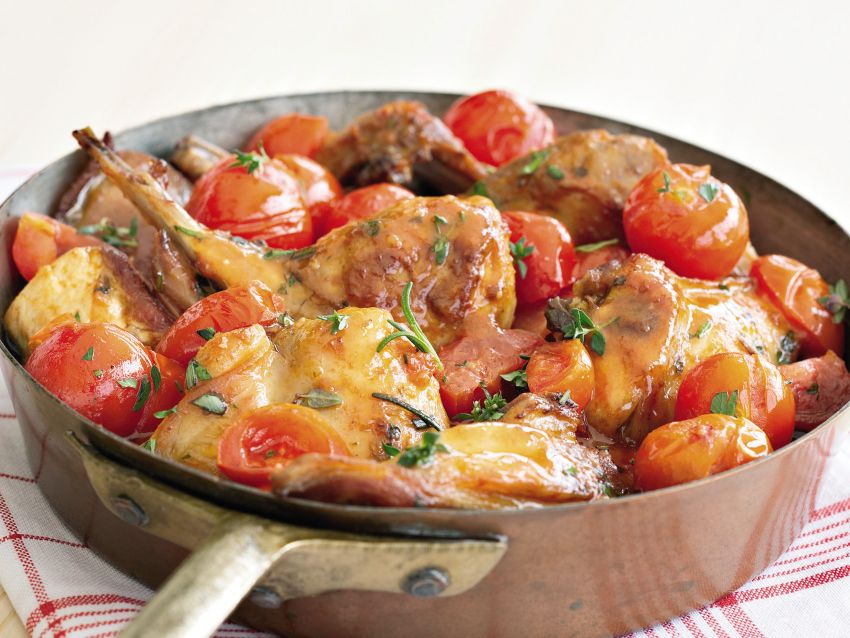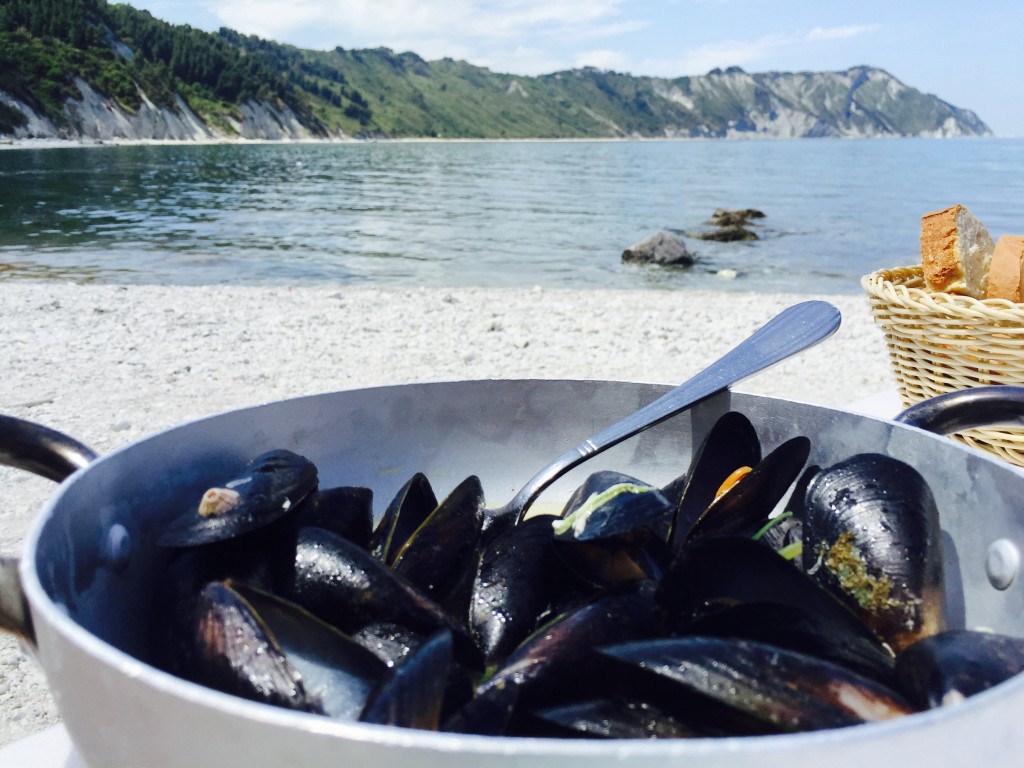The first references to "Cappellacci di Zucca ferraresi" can be found in the Renaissance recipe books of the Scalchi in the service of the d’Este family in Ferrara, where we find the first references to "tortelli di zucca con il butirro" (pumpkin tortelli with butter) The ingredients are the same as the current recipe, except for the addition of certain spices, such as ginger and pepper, which have fallen into disuse today but were particularly popular at the time. Some local historians claim that the dialect term "caplaz" originated because of the shape of the product, vaguely resembling that of the straw hat of the peasants, called caplaz.
The pumpkin usually used is the violina, a variety which owes its name to the elongated shape similar to that of the musical instrument, for which, in the past, it also served as a water or wine reservoir and as a container for gunpowder.
After cooking, either by steaming or baking, the flesh is mixed with Parmesan or Grana Padano cheese, eggs, breadcrumbs, salt, pepper and nutmeg; the filling is then ready to be enclosed in a tortello shape in the hand-prepared pastry.
